Unit 4 Sensation & Perception AP Psychology Myers
1/69
There's no tags or description
Looks like no tags are added yet.
Name | Mastery | Learn | Test | Matching | Spaced |
|---|
No study sessions yet.
70 Terms
Sensation
the raw data of experience; sensory stimulation; example are eyes only register light energy and ears only register wave energy

Perception
the mental process of sorting, identifying, and arranging raw sensory data into meaningful patterns

Top-down processing
Constructing perceptions based on our experiences and expectations

Selective attention
The focusing of conscious awareness on a particular stimulus, like the cocktail effect (notice your name in a crowd)

Inattentional blindness
failing to see visible objects when our attention is directed elsewhere

Change blindness
Failing to notice changes in the environment.
Transduction
Conversion of one form of energy into another. In sensation, the transforming of stimulus energies into neural impulses.

Psychophysics
The study of relationships between the physical characteristics of stimuli, such as their intensity, and our psychological experience of them.

Absolute threshold
minimal amount of energy required to produce any sensation, 50 percent of the time
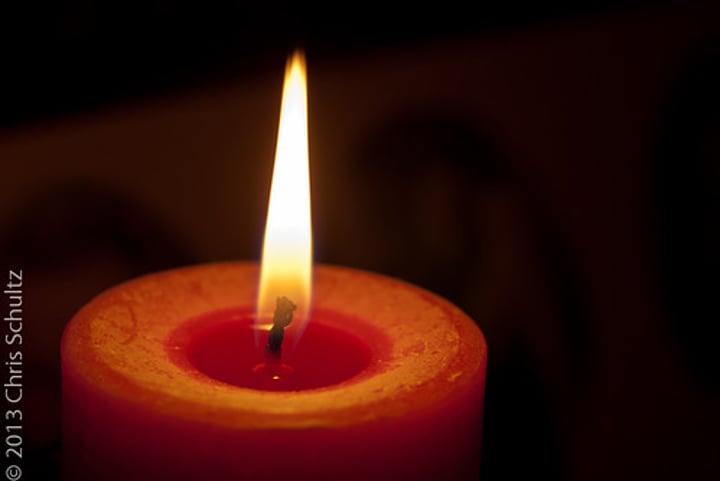
Signal detection theory
Predicts we will detect weak signals. Signal detection theorists seek to understand why people respond differently to the same stimuli and why the same person' reactions vary as circumstances change. Exhausted parents will notice the faintest whimper from a newborn's cradle while failing to notice outer, unimportant sounds.

Subliminal
Sensory information that is below one's absolute threshold.

Priming
The activation, often unconsciously, of certain associations, thus predisposing one's perception, memory, or response.

Difference threshold
Just Noticeable Difference (JND); the smallest change in stimulation that you can detect 50% of the time; differs from one person to the other (and from moment to moment); tells us the flexibility of sensory systems

Weber's law
Ernst Weber; The average person to perceive a difference two stimuli must differ by a constant minimum percentage.

Sensory Adaptation
Diminished sensitivity as a consequence of constant stimulation.

Perceptual set
A mental predisposition to perceive one thing and not another
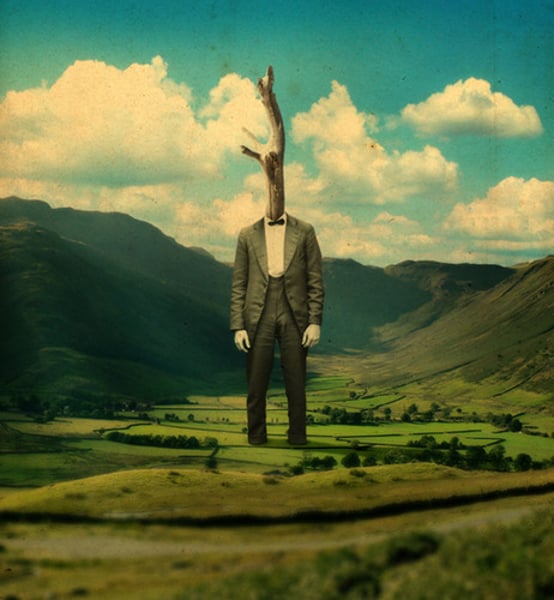
Extrasensory perception (ESP)
Controversial claim that perception can occur apart from sensory input; telepathy, clairvoyance, and precognition

Parapsychology
Study of paranormal phenomena, including ESP and psychokinesis

Wavelength
The distance from the peak of one light or sound wave to the peak of the next. Electromagnetic wavelengths vary from longer/red, shorter/blue
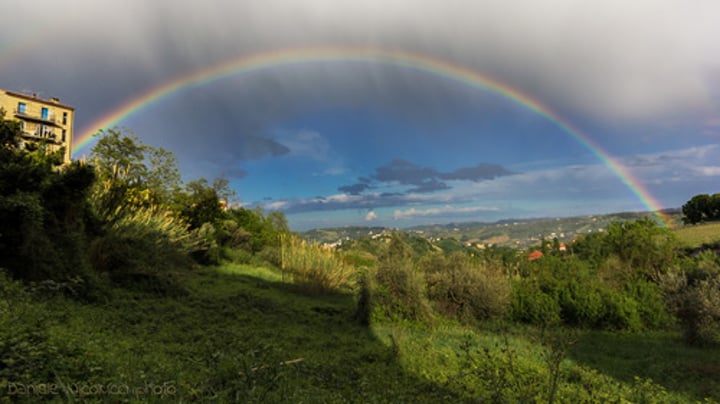
Hue
Dimension of color that is determined by the wavelength of light; what we know as the color names blue, free, and so forth.

Intensity
The amount of energy in a light or sound wave, which we perceive as brightness or loudness, as determined by the wave's amplitude.

Pupil
The adjustable opening in the center of the eye though which light enters.

Iris
the color part of the eye; made of muscle that contracts/relaxes to control the size of the people allowing light to enter the eye

Lens
The transparent structure behind the pupil that changes shape to help focus images on the retina.

Retina
the light-sensitive inner lining of the back of the eyeball; contains receptor cells (rods/cones)

Rods
Retinal receptors that detect black, white and gray, necessary for peripheral and twilight vision, when cones don't respond.

Cones
Retinal receptor cells; located in retina; works best in bright light; responsible for viewing color; greatest density in the fovea

Optic nerve
bundle of axons from ganglion cells that carries messages from the eye to the brain

Blind spot
place on the retina out where the optic nerve leaves the eye, no receptors (rods/cones) are located here

Fovea
The central focal point in the retina, around which the eye's cones cluster.

Feature detectors
nerve cells in the brain that respond to specific features of the stimulus, such as shape, angle, or movement.

Parallel processing
The processing of several aspects of a problem simultaneously; the brain's natural mode of information processing for many functions, including vision, hearing

Young-Helmholtz trichromatic theory
Created by Hermann von Helmholtz; theory of color vision based on additive color mixing; suggest that the retina contains three types of color receptors, cones: red, green, blue

Opponent-Process theory
created by Edward Hering; alternative theory used to explain after images; suggest that the retina contains three pairs color receptors or cones-yellow-blue, red-green, black-white; pairs work in opposition (thalamus)

Gestalt
"Whole" an organized whole. Gestalt psychologists emphasized our tendency to integrate pieces of information into meaningful wholes.

Figure Ground
The organization of the visual field into objects (figure) that stand out from their surroundings. (ground)
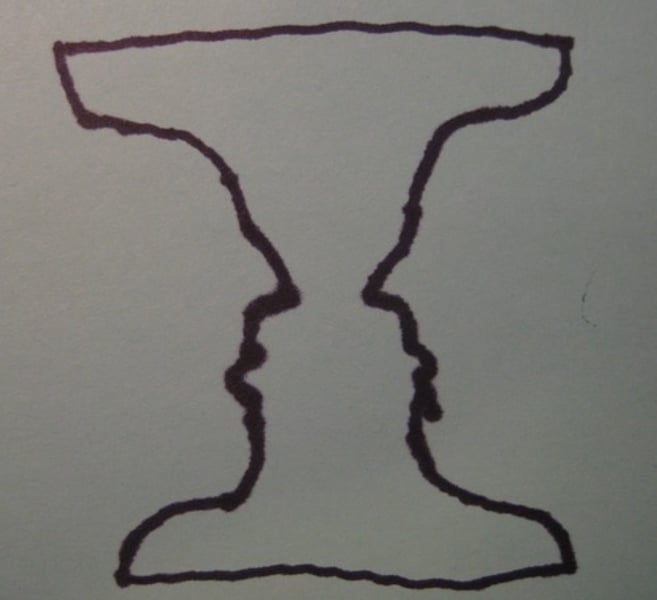
Grouping
The perceptual tendency to organize stimuli into coherent groups.

Depth Perception
Ability to see objects in three dimension although the image that strike the retina are two-dimensional; allows us to judge distance

Visual cliff
Laboratory device for testing depth perception in infants and young animals

Binocular cues
visual messages/cues that require two eyes (retinal disparity, convergence)

Retinal Disparity
binocular distance cue; based on the overlay of two retinal fields when both eyes focus on one object

Convergence
binoculars cue; visual depth cue; muscles controlling eye movement as the eyes turned inward to view a nearby stimulus
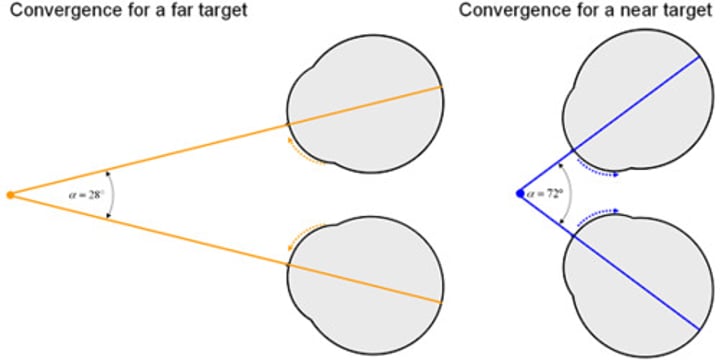
Monocular cues
depth cues, such as interposition and linear perspective, available to either eye alone.

Phi Phenomenon
Illusion of movement created when two or more adjacent lights blink on and off in quick succession

Perceptual consistancy
perceiving objects as unchanging (having consistent shapes, size, lightness, and color) even as illumination and retinal images change.

Color Constancy
Perceiving familiar objects as having consistent color, even if changing illumination alters the wave-lengths reflected by the object

Perceptual Adaptation
In vision, the ability to adjust to an artificially displaced or even inverted visual field

Audition
The sense of hearing.

Frequency
The number of complete wavelengths that pass a point in a given time (for example, per second).

Pitch
Tone's experienced highness or lowness; depends on frequency.

Middle ear
The chamber between the eardrum and cochlea containing three tiny bones (Hammer, Anvil, and Stirrup) that concentrate the vibrations (conduction) of the eardrum on the cochlea's oval window.
cochlea
snail-shaped structure in the inner ear; contains fluid that vibrate; attach the oval window and basilar membrane

Inner ear
The innermost part of the ear, containing the cochlea, semicircular canals, and vestibular sacs.

Sensorineural hearing loss
Hearing loss caused by damage to the cochlea's receptor cells or to the auditory nerves; also called nerve deafness.

conduction hearing loss
Hearing loss caused by damage to the mechanical system that conducts sound waves to the cochlea.

Cochlear implant
a device for converting sounds into electrical signals and stimulating the auditory nerve by electrodes threaded into the cochlea

Place theory
brain determines pitch by the place on the basilar membrane, works best for high pitch

Frequency theory
In hearing, the theory that the rate of nerve impulses traveling up the auditory nerve matches the frequency of a tone, thus enabling us to sense its pitch.

Gate-control theory
The spinal cord contains a "gate" that blocks pain signals or allows them to pass on to the brain. It's opened by the activity of pain signals traveling up small nerve fibers and is closed by activity in large fibers or information coming from the brain.

Kinesthesis
sense of muscle movement, posture, and strain on muscles/joints; provides information on speed and direction of movement; works with vestibular sense

Vestibular sense
The sense of body movement and position, including the sense of balance.

Sensory Interaction
The principle that one sense may influence another, as when the smell of food influences its taste.

Habituation
decreasing responsiveness with repeated stimulation. As infants gain familiarity with repeated exposure to a visual stimulus, their interest wanes and they look away sooner

Perceptual accommodation
in perception, the ability to adjust to an idea or mind set
Size constancy
the perception of an object as the same size regardless of the distance from which it is viewed; example someone height

Olfaction sense
sense of smell

Taste buds
groups of cells located on the tongue that enable one to recognize different tastes (sweet, sour, bitter, salt)

David Hubel - Torsten Wiesel
Discovered feature detector groups of neurons in the visual cortex that respond to different types of visual images

Herman von Helmholtz
Theorist who both aided in the development of the trichromatic theory of color perception and Place theory of pitch perception.

Embodied cognition
in psychological science, the influence of bodily sensations, gestures, and other states on cognitive preferences and judgements.
